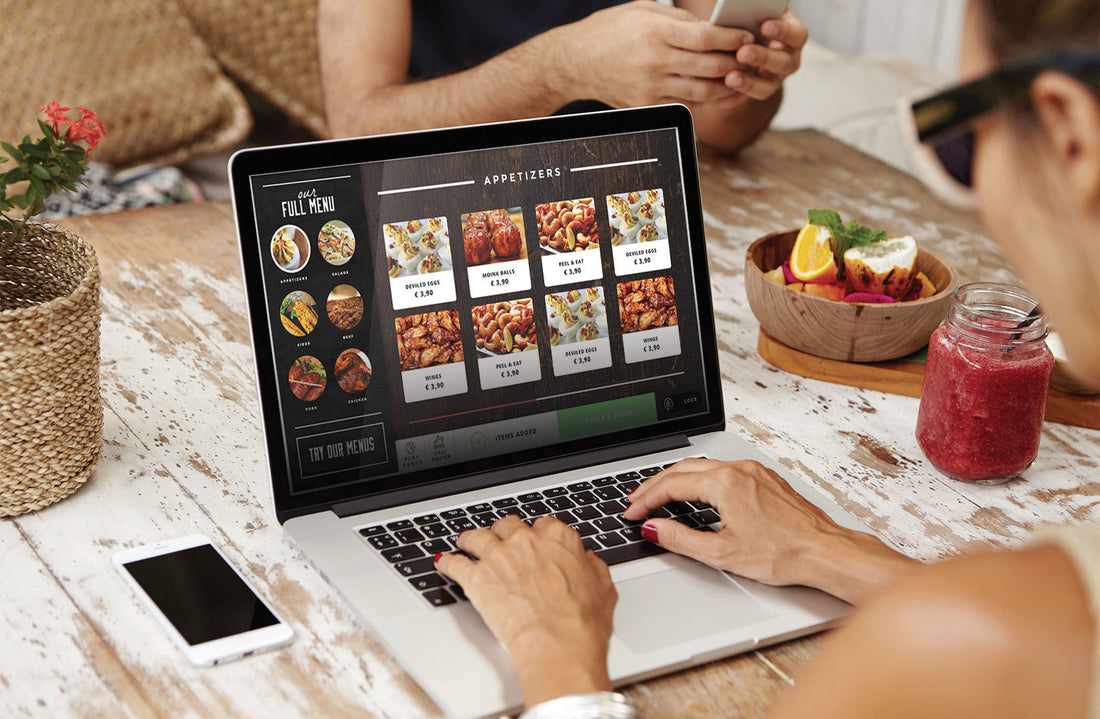5 Tips For Choosing The Right Online Restaurant Ordering System
Ops Team
In today's digital age, having an online restaurant ordering system is more than a convenience—it's a necessity. As customer behaviors shift towards online browsing and purchasing, restaurants must adapt to meet these demands. There are numerous online ordering platforms available in the market, each catering to different needs and budgets. But how do you choose the right one for your restaurant? Let me guide you through the process.
Consider your Restaurant's Needs
Before diving into the various options available, understanding your restaurant's specific needs is crucial. Are you a small cafe with a simple menu, or a large restaurant with complex meal options? What's your average order volume, especially during peak hours? Do you already have existing systems in place that the new platform should integrate with?
Consider factors such as:
- Menu Complexity: Does the system allow for easy customization of your menu, including add-ons, modifiers, and special requests?
- Order Volume: Can the platform handle your restaurant's order volume efficiently without crashing or slowing down?
- Integration: How well does the system integrate with your existing Point of Sale (POS) or inventory management? Or do they provide one of their own?
- Catering Support: Do you have catering? Room service? Or other specialized needs? Make sure your online ordering provider can support them.
Look for User-Friendly Features
The usability of the system is paramount for both your staff and your customers. A complicated or cluttered interface can lead to mistakes and frustration, diminishing the overall dining experience.
Look for features such as:
- Easy Menu Customization: Enables you to update and modify the menu as needed without hassle.
- Order Tracking: Allows both the restaurant and customers to track orders in real-time.
- Payment Options: Provides multiple payment options, such as credit cards, mobile wallets, or cash on delivery, to cater to different customer preferences.
Check for Integration and Compatibility
Integration with existing systems ensures a seamless transition and operation. Whether it's your POS, inventory management, or customer relationship management system, a good online ordering platform will work in harmony with them.
Consider:
- Compatibility with Devices: The system should be accessible from various devices like smartphones, tablets, and desktops.
- Platform Integration: Check if it can be integrated into various platforms like your website or social media for easy access by customers.
Consider Customer Support and Security
A robust online ordering system should come with reliable customer support and stringent security measures to protect both your business and customers' information.
Keep an eye on:
- Support Hours: Ensure that support is available whenever you need it, especially during your business hours.
- Data Encryption and Fraud Prevention: Look for systems that offer strong encryption and fraud prevention measures to secure transactions and personal data.
Takeaway:
Choosing the right online ordering system for your restaurant is a vital decision that impacts both your operations and customer satisfaction. Understanding your restaurant's needs, focusing on user-friendly features, ensuring integration and compatibility, and considering customer support and security are key aspects to consider.
Take your time to research and compare different options. Consider asking for demos or trial periods to get a feel for how the system works. Remember, the right online ordering system should enhance your restaurant's efficiency and provide an excellent experience for your customers.
By taking a careful and measured approach, you can find an online ordering system that fits your restaurant's unique needs, helping you serve your customers better and grow your business in the increasingly competitive food industry.
TLDR:
- Understand Your Needs: Identify your restaurant's specific requirements, such as menu complexity and order volume, to choose the best system.
- Prioritize User-Friendliness: Look for an interface that is easy to navigate for both staff and customers, ensuring a smooth ordering process.
- Ensure Integration and Compatibility: Select a system that integrates seamlessly with existing POS and inventory management systems, and is compatible across various devices.
- Invest in Customer Support and Security: Opt for platforms that provide robust customer support and stringent security measures to protect data.
- Take Time to Research: Don't rush the decision; carefully compare different platforms and consider trial periods to find the best fit for your restaurant.
